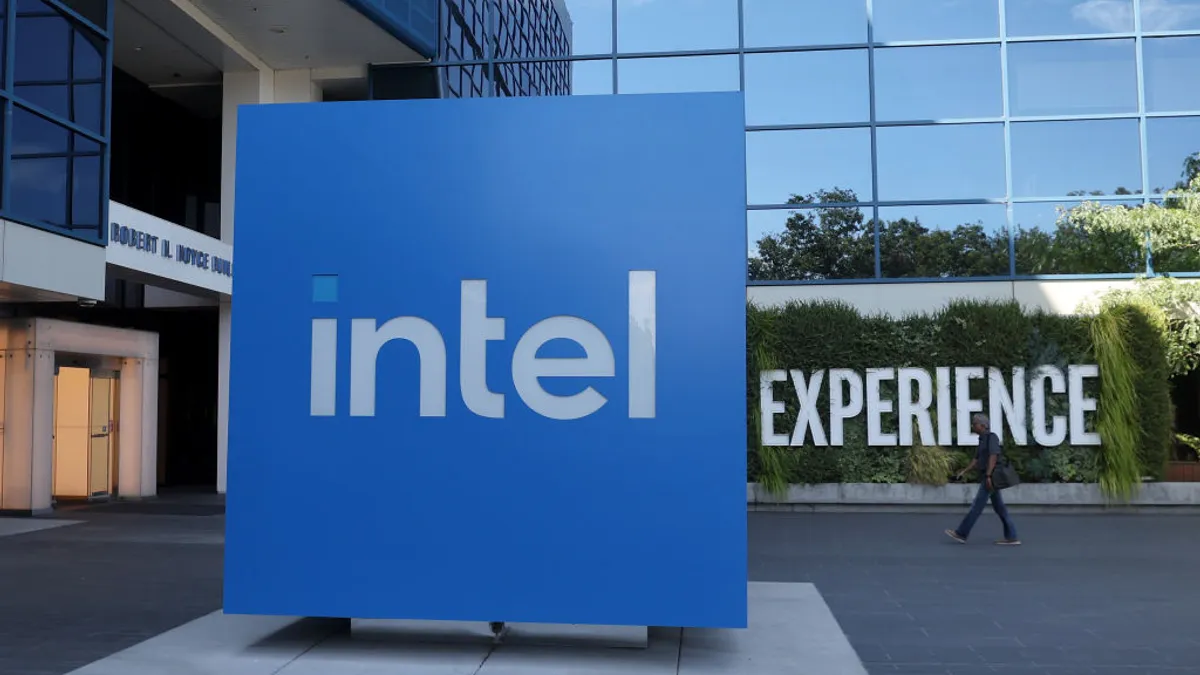Technology has been the backbone of supply chain operations for decades, promising to connect systems and facilitate rote tasks. Now, as a tsunami of change and digitization has set in, that promise is becoming realized.
Enterprise resource planning (ERP) has come a long way since the days when it was known as material requirements planning (MRP) in the 1970s and manufacturing resource planning (sometimes known as MRP II) in the '80s. Dubbed ERP by Gartner in 1990, it applied primarily to inventory management and control in the manufacturing sector. By 1990, it also included such things as accounting and human resources.
But the onset of technology has changed everything, with the cloud leading the way.
"I certainly see a big evolution to the cloud," said Paul Farrell, Senior VP of Product Marketing for NetSuite’s Global Business Unit. "I think the cloud is helping ERP fulfill its promise. Originally, the system was built around MRP. A lot of the time it was loosely bolted applications regarded as ERP, or wasn’t accessible to customers."
Everything is connected
Richard Howells, VP of Solutions Management at SAP Supply Chain, agrees that ERP — in fact, all business processes — are expanding because of the technological boom and the proliferation and immediate access of information.
"Everything is connected and they’re all generating information," Howells said. "The internet of things (IoT) is driving a lot of information across business processes and part of that is Big Data. It will turn into a differentiator because IoT is driven and built by data."
"I think the cloud is helping ERP fulfill its promise."

Paul Farrell
Senior VP of Product Marketing for NetSuite Global Business Unit
The cloud also has made it easier for companies to engage with ERP software, and more economical to upgrade it. "In the past," said Farrell, "once a company implemented after so much time and expense, they said, 'we’re done.' They wanted no new releases."
But that world has changed, he says. Background updates now allow companies to upgrade to the latest versions of systems, with little impact to the user and minimal expense.
"I think there are a couple of other influences," Farrell said. "IoT, of course, is definitely impacting it, and not just on the data capture side, but in supporting new business models. It’s beginning to automate and as we begin to learn how to use it, we need ERP to handle it without writing new code or taking on new releases."
No longer the center of the universe
To that point, Sean Riley, Global Industry Director for Manufacturing and Transportation at Software AG, says ERP may becoming "less of the center of the universe for a company."
While the systems remain important for their back-office influence on inventory, maintenance, financial records or other matters, more real-time data points and consumer demands are changing the game.
"Companies need to be nimble and quick in developing services and the IT to make it go," Riley said. "You don’t want to spend a huge amount building; it has to be easy and quick, so you can discard it in a couple of years. ERP is important to collect data from apps we build to interface with customers — agile apps to feed into the core ERP system."
Riley notes that we are witnessing the rise of the cloud-based app vendor — apps that are quick to set up and easier to build. "They’re probably not as robust as they appear to be, but that’s OK because they’ll be around for three or four years, then sunset."
And, he said, rather than residing in a public cloud, "I want a set of tools my internal developers are familiar with, so they can build easily and quickly."
Cloud solutions have enabled ERP solutions to be applied throughout the business, and usable whether in the office or on the road, thanks to mobile devices. Consumers have been adapting to technology for years and now that approach is being used in businesses.
"Companies need to be nimble and quick in developing services and the IT to make it go."

Sean Riley
Global Industry Director for Manufacturing and Transportation at Software AG
"ERP software needs to be consumer oriented," Farrell said. End users expect it, and "they have to be able to work without much training. That’s vital these days. With a lot of traditional vendors, it still takes weeks of training."
Legacy systems and the next generation
The problem with legacy systems, Farrell says, is that there are numerous options for customers, and they might not all be easy to use. "Many vendors are trying to move end-to-end operations to the cloud, taking what they have and just moving it. They’re not providing a unified, up-to-date model."
Oracle, for one, built its ERP cloud solution from scratch, building with the philosophy of IT from the ground up, Farrell said. "The consumer doesn’t want a broad horizontal ERP package they spent two years [working] on, they want industry-specific models. Switch it on, and the software works just the way they want it to."
SAP recently launched a new platform, Leonardo. It contains IoT, machine learning and blockchain to automate and analytics on a cloud platform. It’s designed to drive real-time information and real-time support tools while bringing data in. "Companies can offer services, rather than projects," Howells said. "Machines can do some jobs, while humans do more new jobs, such as data scientists."






















